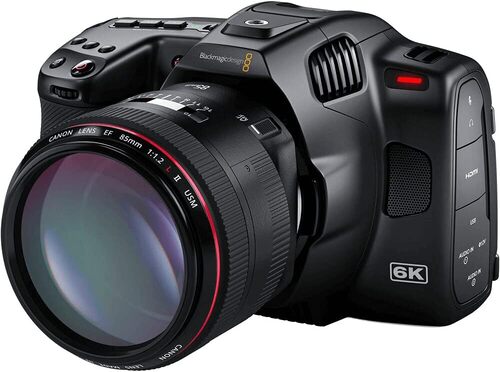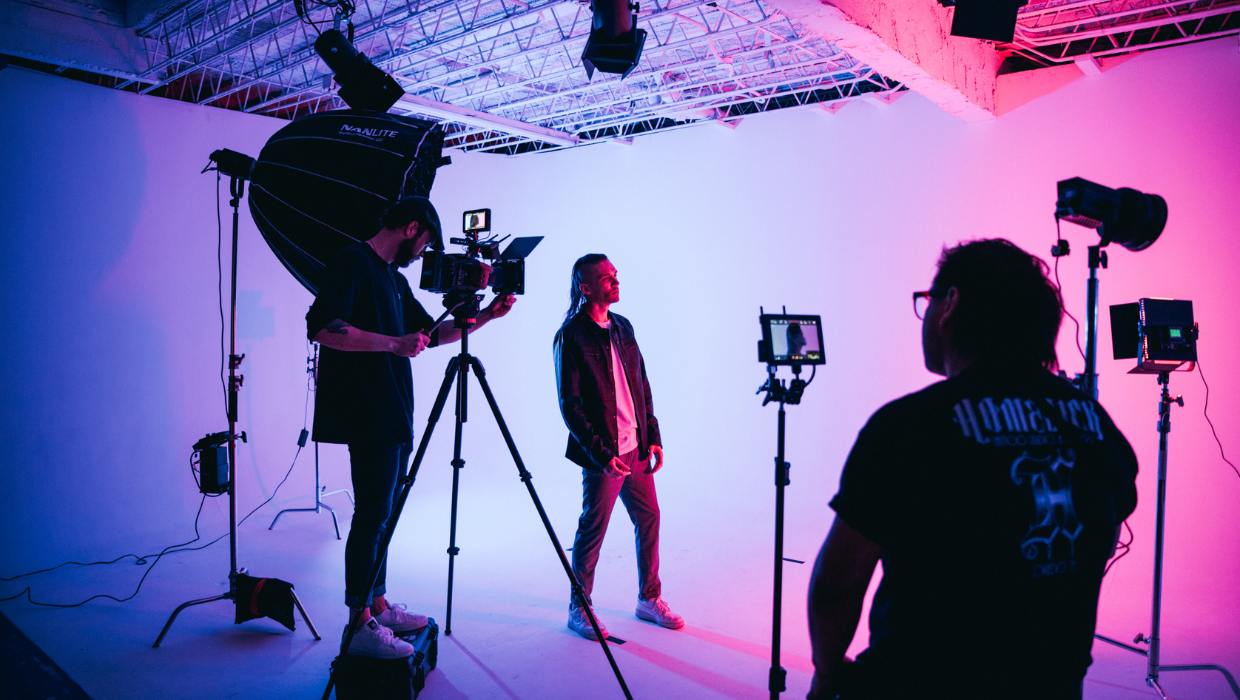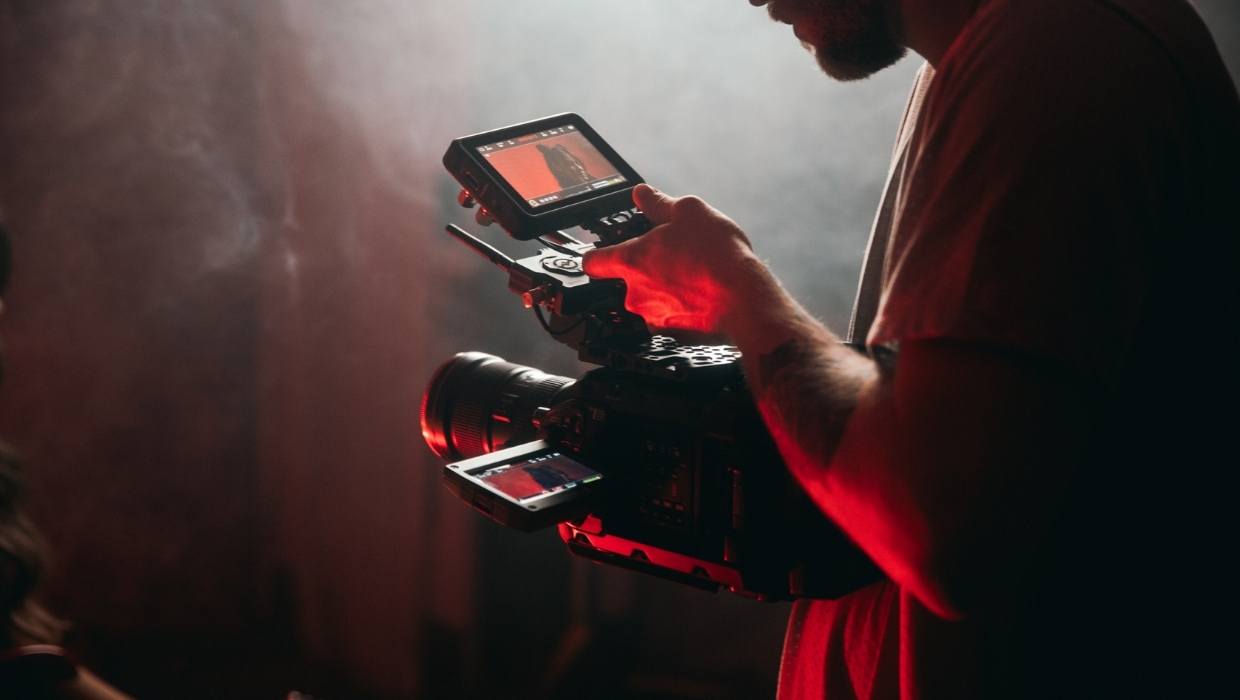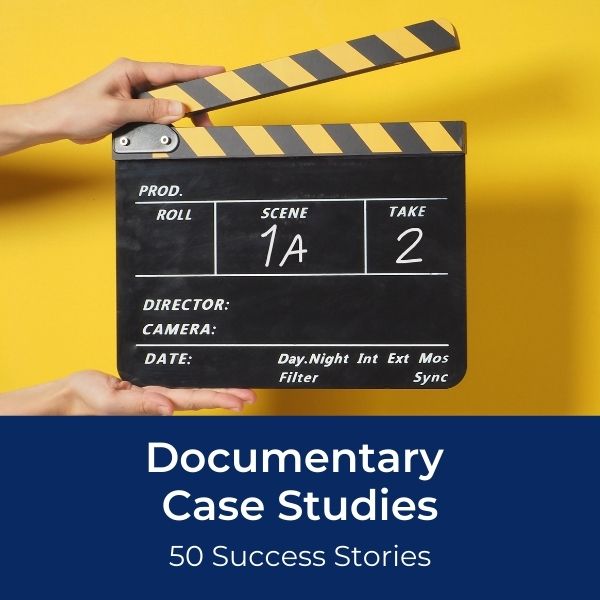180 Degree Rule in Filmmaking
How to Follow (and Break) the 180 Degree Rule
What does filmmaking have to do with geometry?
Well, a lot, actually!
180° angles (or straight lines) help the audience correctly perceive on-screen movement.
Quick links:
In the video below, Camber from Camber Motion uses illustrative clips to explain what the 180 Degree Rule is and how to use it in your films.
Thanks Camber Motion for the awesome breakdown.
What is the 180 Degree Rule?
The 180 Degree Rule is a filmmaking tool that helps directors maintain the same left-right relationship between two (or more) characters on screen.
And it really works for replicating realistic angles in your film.
Try it out:
First, draw a perfect 360° circle around two stick figures, and then draw a line from person to person.
You’ll see that there is now 180° (or half of the circle) on either side.
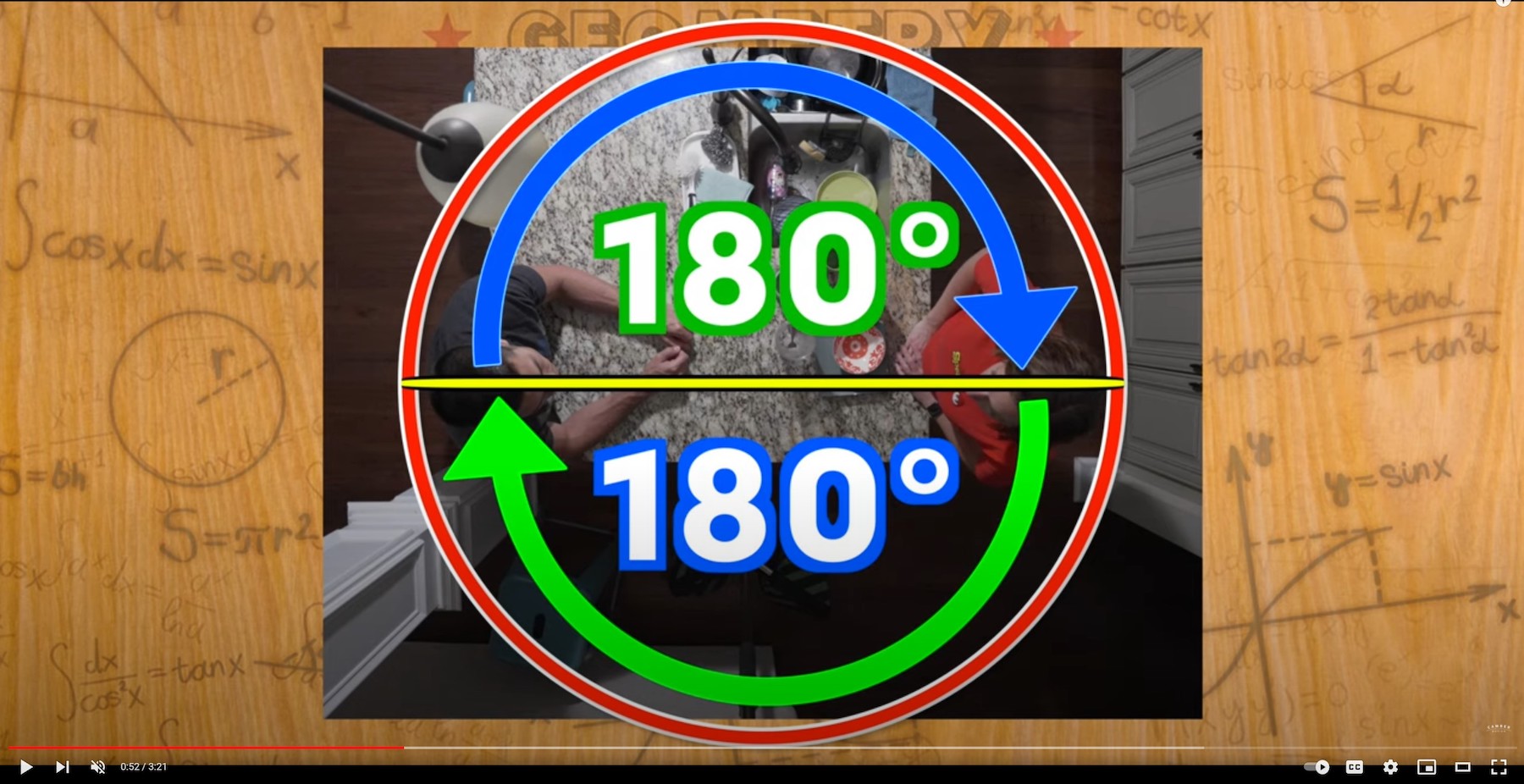 Screenshot taken from The 180 Degree Rule Filmmaking Breakdown by Camber Motion
Screenshot taken from The 180 Degree Rule Filmmaking Breakdown by Camber MotionThat’s the 180 degree angle from your subject.
Now, let’s say you want to shoot a conversation or interview between two people.
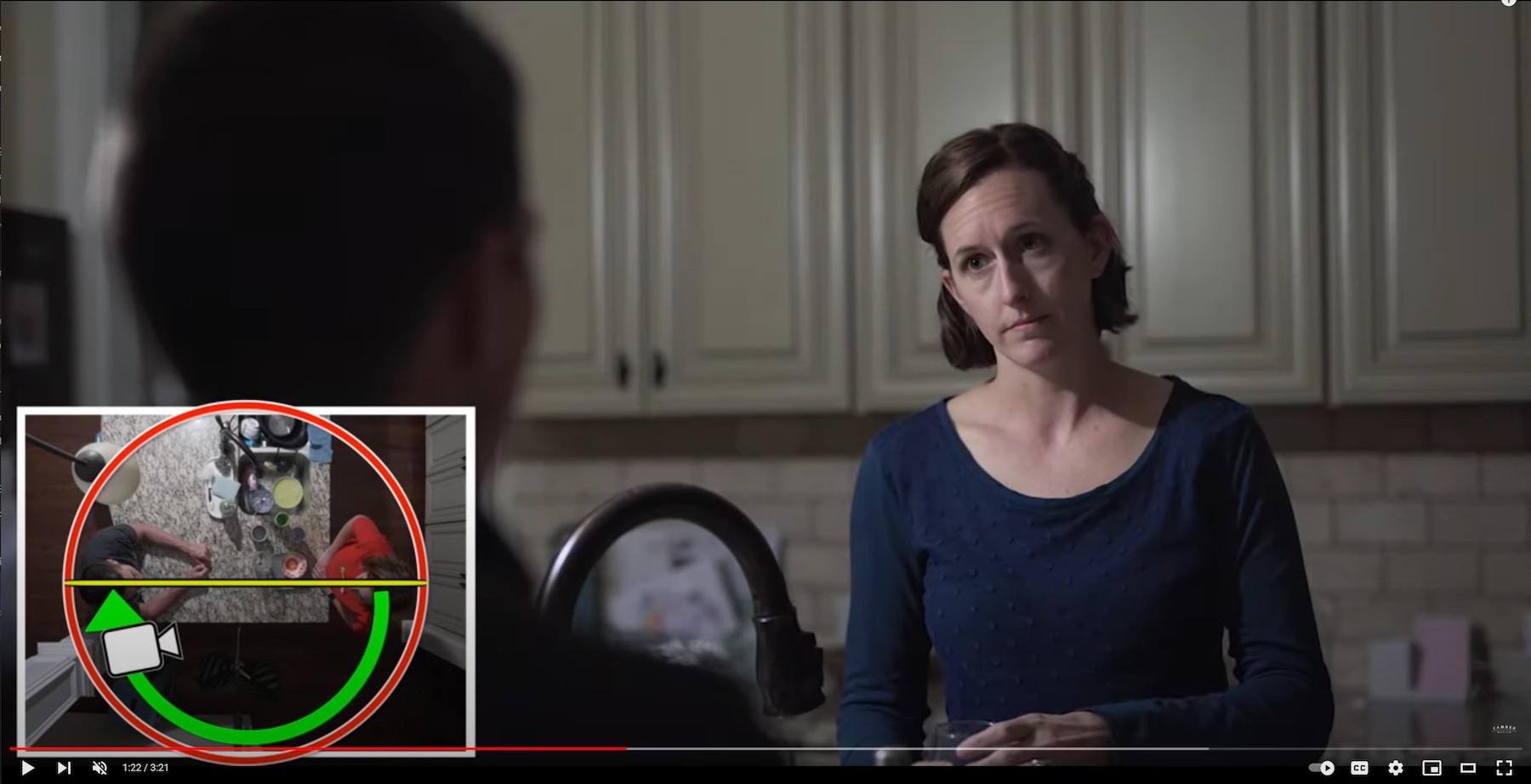 Screenshot taken from The 180 Degree Rule Filmmaking Breakdown by Camber Motion
Screenshot taken from The 180 Degree Rule Filmmaking Breakdown by Camber MotionIn a typical back-and-forth scene, viewers expect characters to remain in the same place.
In order to achieve that, the camera must operate from one side of the line the whole time, or in a range of 180 degrees (a semi-circle).
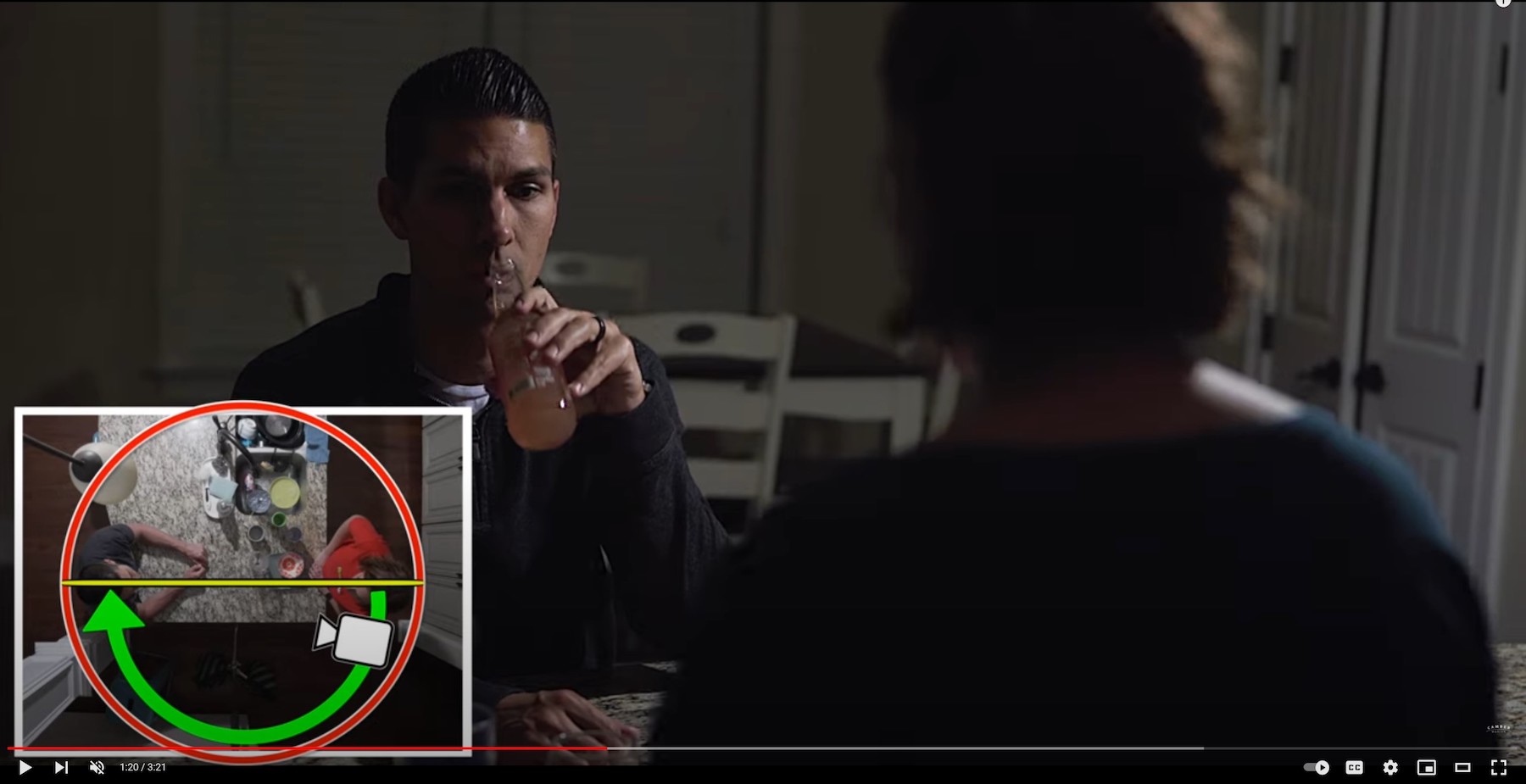 Screenshot taken from The 180 Degree Rule Filmmaking Breakdown by Camber Motion
Screenshot taken from The 180 Degree Rule Filmmaking Breakdown by Camber MotionThe 180 degree line tells you, the director, which side of the frame each person should appear.
If person 1 appears on the right third of the screen (over person 2’s shoulder), then person 2 should always appear on the left third of the screen (over person 1’s shoulder).
And vice versa.
If person 1 suddenly appears on the opposite side of the screen, the audience will think one character has switched places in the middle of the scene, because we will have changed sides of the line.
From the viewer’s perspective, this will feel ‘off.’
Blackmagic Pocket Cinema Cam 6k Pro
The Blackmagic Pocket Camera 6K Pro is a top rated camera by documentary filmmakers with features including a tiltable screen, internal ND filter and larger batteries.
Why the 180 Degree Rule?
Constant angles help the audience understand what your subject is looking at, moving toward, and interacting with.
More generally, the 180° angle is your character or subject’s natural line of sight. That is, where their eyes are looking.
And that doesn’t always have to be another person.
For example, is your subject following something off-screen, or looking over their shoulder? Use the 180 Degree Rule here too.
This means that in every shot, think about which side of the imaginary straight line you started from.
Did you already film your character or subject walking left across the frame?
Keep them moving left, and you’ll be in compliance with the 180 Degree Rule.
FROM THIS
>>
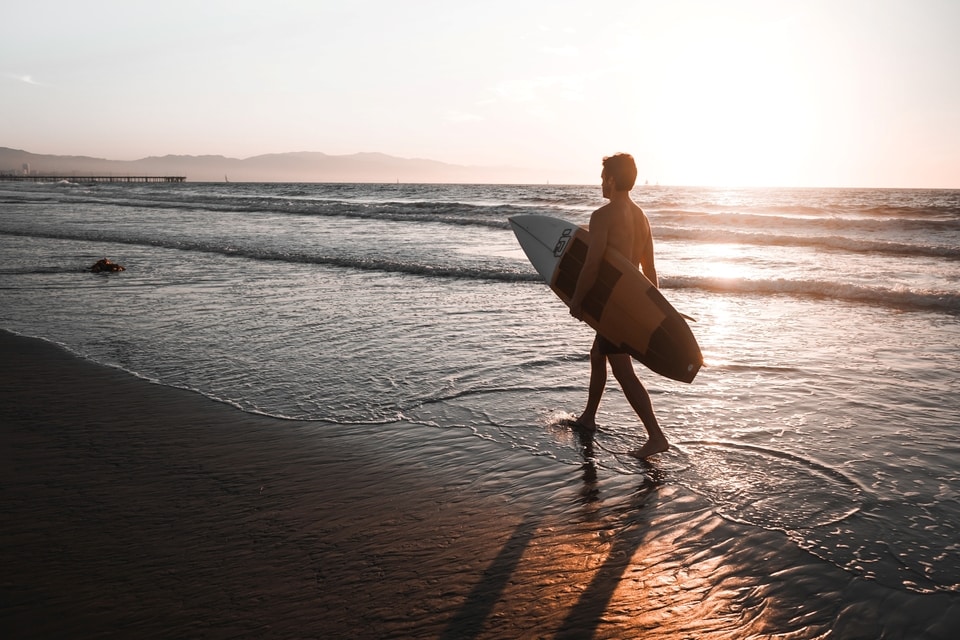
TO THIS
❌
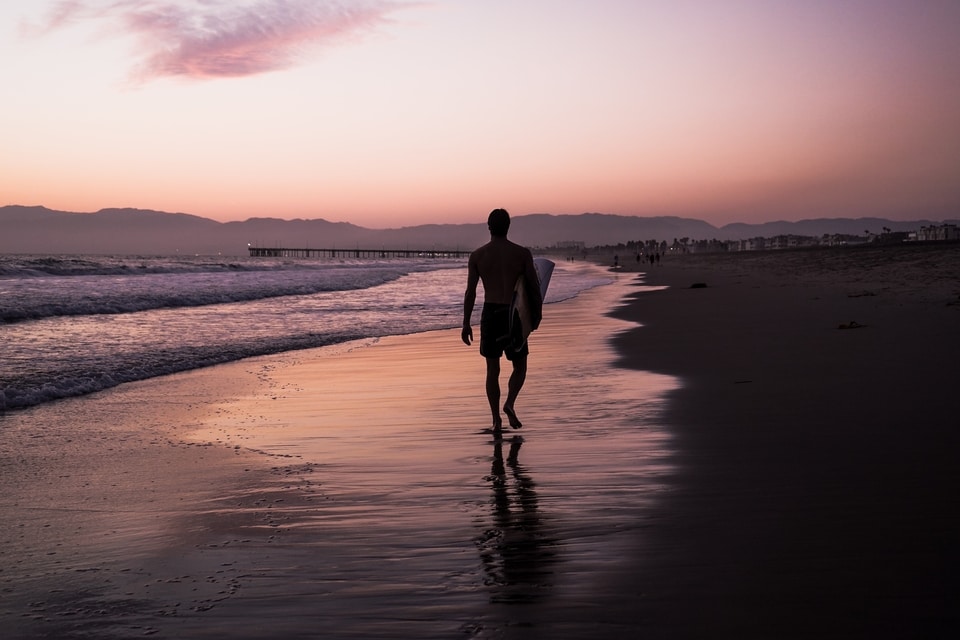
FROM THIS
>>

TO THIS
✅
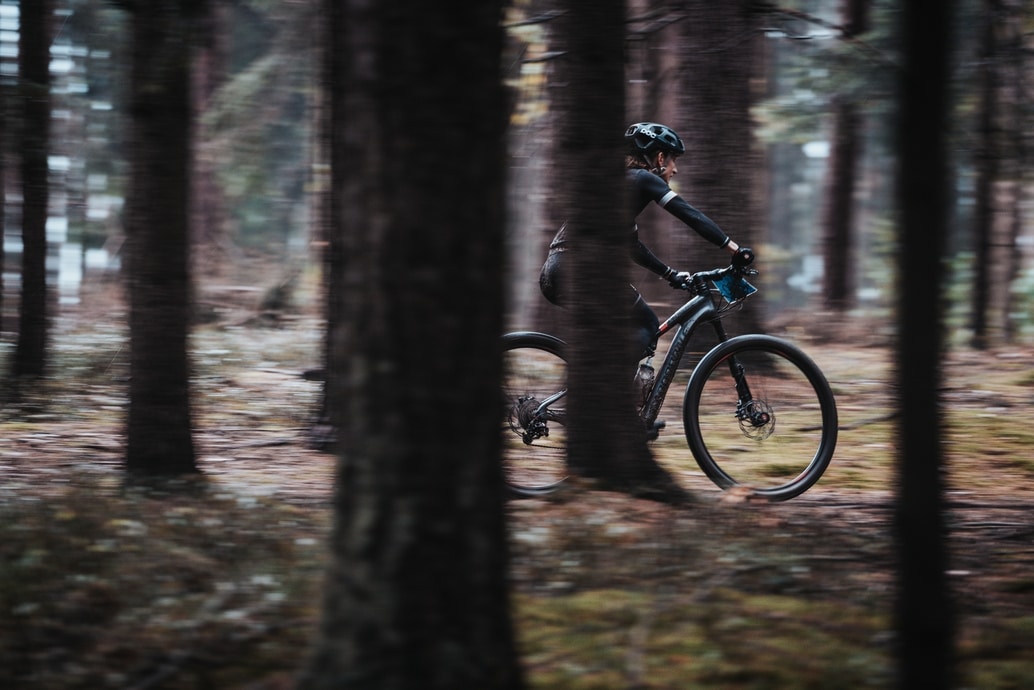
When Does The 180 Degree Rule Apply For Documentary Filmmakers?
If you’re thinking that you won’t need the 180 Degree Rule as a documentary filmmaker, think again.
Here are 3 ways that knowing the 180 Degree Rule can help you out while filming your documentary.
1. You’re shooting a sit-down interview
Not following the 180 Degree Rule can really mess up a good interview.
While filming your interviewee, make sure their line of sight is the same throughout. In other words, make sure they’re always looking at you (off camera). Oh, and stay put!
This will guarantee that your interview feels real and professional.
The 180 Degree Rule is especially important if you are shooting your interview from the side AKA a profile interview.
You don’t want to suddenly flip sides in the middle of the interview.
 Interview framing from the side AKA a profile interview
Interview framing from the side AKA a profile interview
2. You want to break the rule
In documentary, you sometimes have to break the 180 Degree Rule while filming a live scene.
Or, you could choose to break the rule depending on your visual approach.
If you’re going for a disorienting aesthetic, or you’re filming a detail-packed one-shot sequence, using all 360° may bring more cinematic value to the scene.
3. You have to film the same action over two separate days
Let’s say you’re documenting your subject on their daily walk, and you want (or have to) film that process more than once on different days.
The 180 Degree Rule will help you out when you edit those two (or more) days together.
By maintaining the same side of the line both days, the scene will appear to be from the same day (just make sure that your light and weather conditions are constant).
Whether you follow the 180 Degree Rule in your film is up to you.
But, subconsciously, your audience will always follow this rule.
Check out some examples of ways to creatively break the 180 Degree Rule so that your viewers are pleasantly surprised:
Documentary Courses & Templates
Ready To Make Your Dream Documentary?
Sign up for our exclusive 7-day crash course and learn step-by-step how to make a documentary from idea to completed movie!

